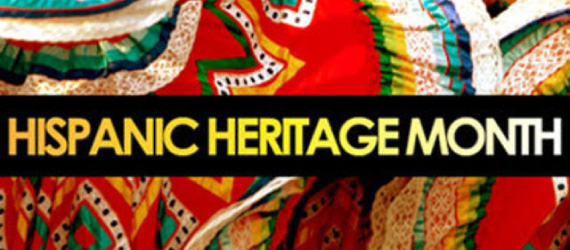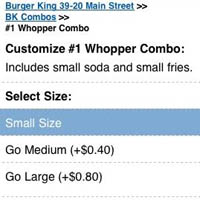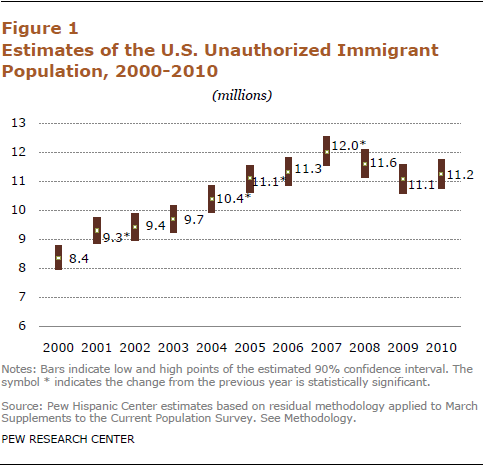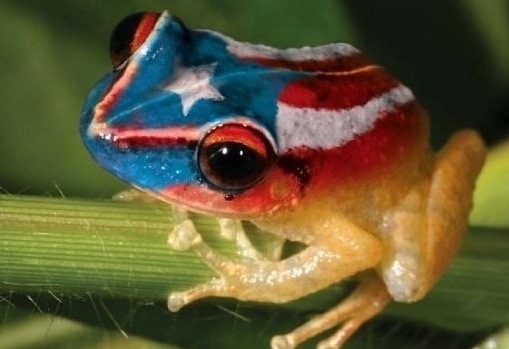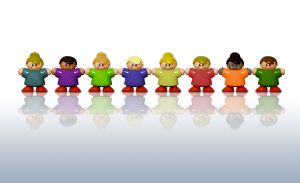Characteristics of Hispanic Millennials
In terms of population size, Millennials are already reshaping the ethnic makeup of the Unites States. According to recent figures from the 2008 Current Population Survey, 44 percent of those born since the beginning of the 80’s belong to some racial or ethnic category other than “non-Hispanic white”. Millennials are revealing themselves to be the demographic precursor to Census Bureau projections showing whites as a minority by 2050: only 56 percent of Millennials are white (non-Hispanic) and only 28 percent of current Baby Boomers who are non-white. Therefore we can say that the younger the group, the higher the proportion of “ethnic” populations.
Characteristics of the Hispanic Millennials
Hispanics are at the forefront of this Millennial diversity:
- – over 20 percent of Millennials are Hispanics
- – approximately 86 percent of Hispanics under the age of 18 are born in the U.S. (95 percent of Millennials are U.S. born)
- – many Hispanic Millennials are the offspring of immigrants
- – unlike their immigrant parents, this group strongly exhibits a preference for English as their primary mode of communication – this poses an interesting challenge when targeting this group because of the importance of family opinions
- – 88 percent of second generation Hispanics and 94 percent of third generation Hispanics are highly English fluent (speak “very well”). Many second generation Hispanics tend to be bilingual, but English dominates by the third generation. (Source: Pew Hispanic Center)
A distinguishing characteristic of multi-ethnic Millennials is their heavily “second generation” orientation (nearly 30 percent are children of immigrants). Since they are more likely children of immigrants than immigrants themselves, the proportion of foreign born Millennials is relatively small when compared to Generation Xers and Baby Boomers. Foreign-born persons comprise 13 percent of all Millennials (includes all those born since the 80s), but they make up 22 percent of the Generation X cohort (born between 1965 to 1979) and 16 percent of Baby Boomers (born between 1946 and 1964).
Hispanics born in the U.S. can be grouped into two distinct marketing segments
a- the young “millennial” Latinos, children, teens, and young adults born to immigrant parents
b- “traditional Latinos” or those born to Latino families that have been U.S. citizens for two or more generations
The first ones know how to live in both cultures and enjoy doing so. For the second segment, and depending on the market, the levels of value orientation and acculturation vary drastically. They may be far removed from the Latino culture or their identity as Hispanics can be much more traditional and stronger than expected.
Perhaps more astounding is the casual mix-and-match cultural sensibilities of Millennials. Not content to cleave to any single ethnic or cultural influence, they are free to engage in the variety with no restrictions. One example is “Mashups”—entire compositions reconfigured from samples drawn from disparate musical genres—so popular on mp3 players. Millennial choices in popular culture are drawn from a broad pool of influences, and anything can be customized and suited to one’s personal preferences—just as easily as an iPod playlist. Likewise, the aesthetics of Millennial fashion, movies, and video games increasingly reflect a broad range of influences—from Japanese anime to East L.A. graffiti art.
Today’s young consumer shun direct overtures aimed at appealing to their ethnic background and they tend to discard traditional cultural labels in favor of their own self-created monikers like “Mexipino”, “Blaxican”, “China Latina”.
As a market segment, Millennials are shaking the foundations of advertising and media. Enabled by technology, their lifestyle is characterized by instant text messaging, mobile media, and virtual social networking. Millennials Hispanics are 211% more likely to download content from the Internet than the general population. Over 60% of Hispanic Millennials are online.
Downloads just might be the manner in which Hispanics are attaining and interacting with certain brands for the first time. For example, downloading may be a preferred method to receive media content including local and national news. This is exemplary of a larger phenomena occurring across the youth culture, as people in younger age brackets go online for content typically associated with more ‘traditional’ media, such as movies or television. Media content providers and marketers have an opportunity to leverage downloading habits and create content that engages Hispanic Millennials and other Hispanics online.
by Claudia “Havi” Goffan





